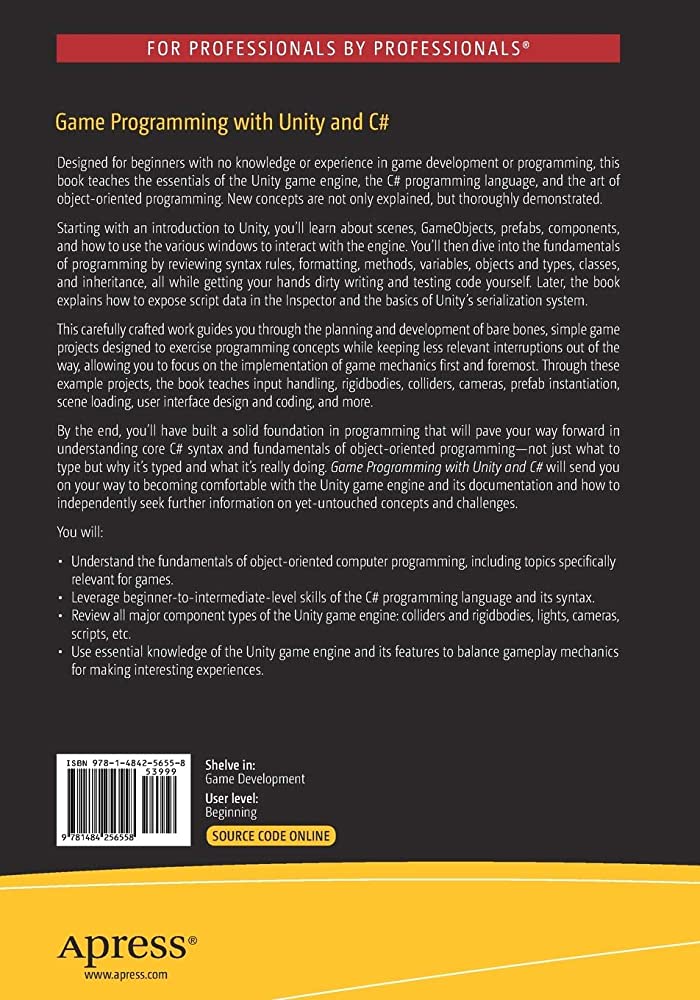Game development involves the creation of interactive digital entertainment, and beginners can find it daunting. However, understanding the fundamentals of game engines and their components make it easier. Game engines are software frameworks used to build and develop video games, providing tools and interfaces for developers. The components of a game engine could include a user interface, rendering engine, audio engine, physics engine, and scripting engine. Popular game engines include Unity, Unreal Engine, and Godot, and game development goes through stages such as concept, design, implementation, testing, and release. Understanding game engines is crucial for any beginner game developer to create fun and engaging games.
A Beginner’s Guide to Game Development: Understanding the Fundamentals of Game Engines and Their Components
Introduction
Game development is a complex process that involves the creation of interactive digital entertainment. It can be daunting for beginners but understanding the fundamentals of game engines and their components will make it easier to develop games. In this guide, we’ll explore the basics of game engines, how they work, and their components.
What is a Game Engine?
A game engine is a software framework designed to facilitate the creation and development of video games. It is a set of tools, libraries, and code that developers use to build games. It provides an abstraction layer between the game and the hardware, making it easier to create games for different platforms.
How do Game Engines Work?
Game engines work by providing a set of tools and interfaces for developers to use. These tools help developers create game objects, manage game assets, and create game logic. The engine is responsible for rendering graphics, managing audio, and handling physics.
The Components of a Game Engine
Game engines are made up of several components that work together to create a game. These components can vary from engine to engine, but they generally include:
User Interface
The user interface is what the developer uses to create and manage the game. It typically includes a visual editor for creating game objects and a code editor for writing game logic.
Rendering Engine
The rendering engine is responsible for rendering the game graphics. It uses graphics APIs, such as OpenGL and DirectX, to communicate with the graphics hardware.
Audio Engine
The audio engine handles audio playback and mixing. It can handle music, sound effects, and voiceovers.
Physics Engine
The physics engine handles the physical aspects of the game, such as collision detection and response, gravity, and mass.
Scripting Engine
The scripting engine allows developers to write code that controls the game’s behavior. It typically uses a scripting language, such as Lua or Python.
Popular Game Engines
There are many game engines available, but some of the most popular include:
Unity
Unity is a popular game engine that is used for both 2D and 3D games. It has a user-friendly interface and supports a wide range of platforms.
Unreal Engine
Unreal Engine is a powerful game engine that is used for 3D games. It has a steep learning curve but provides advanced features such as real-time rendering and physics simulation.
Godot
Godot is an open-source game engine that is growing in popularity. It is user-friendly and supports both 2D and 3D games.
The Game Development Process
The game development process typically includes several stages, including:
Concept
This is where the game idea is conceived. Developers come up with the game’s story, gameplay, and mechanics.
Design
In this stage, developers create detailed designs for the game’s levels, characters, and assets.
Implementation
The implementation stage involves actually creating the game using a game engine. Developers use the game engine’s tools and interfaces to create game objects, write scripts, and design game logic.
Testing
Testing involves playing the game and finding bugs and other issues. Developers use testing tools to identify and fix these issues.
Release
Finally, the game is released to the public. This stage involves marketing, distribution, and customer support.
Conclusion
Game development is a complex process that requires a lot of skill and creativity. Understanding the fundamentals of game engines and their components is essential for any beginner game developer. With the right tools, knowledge, and dedication, anyone can create fun and engaging games.
